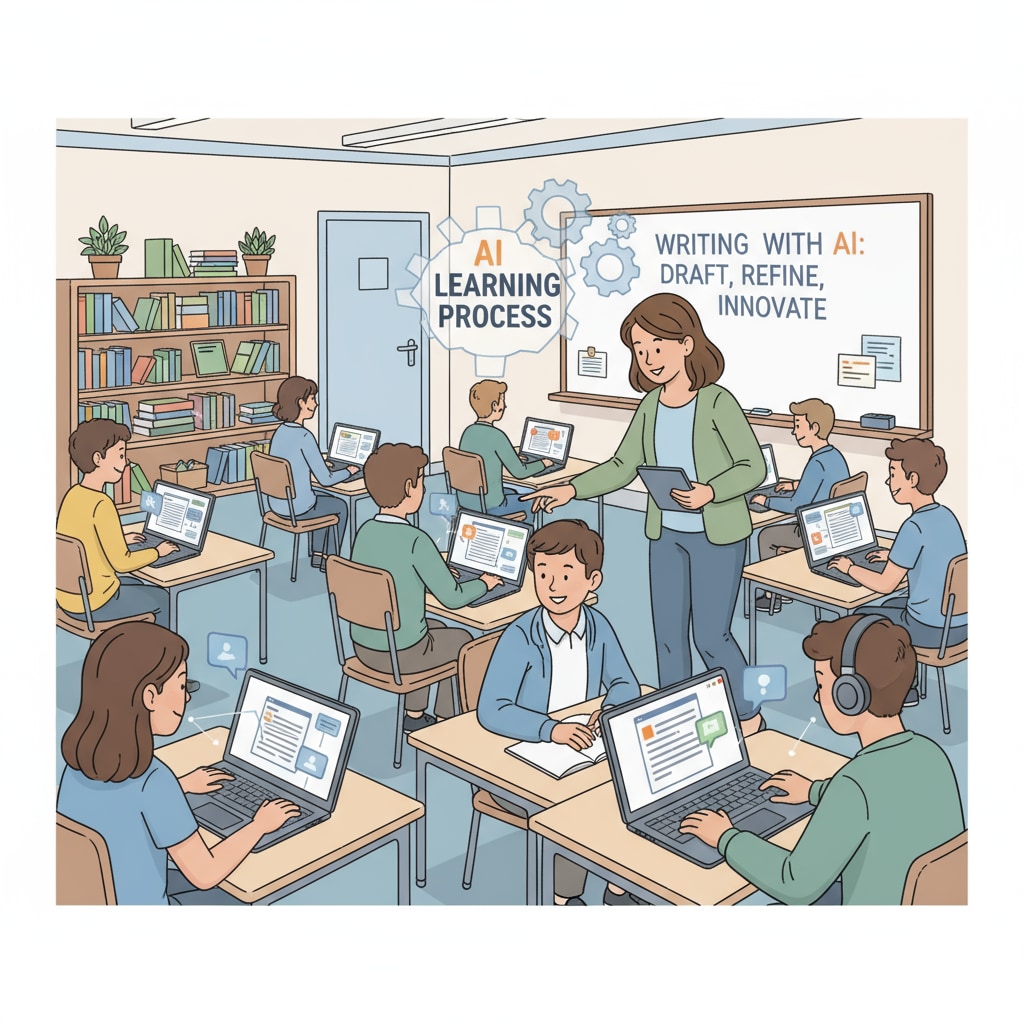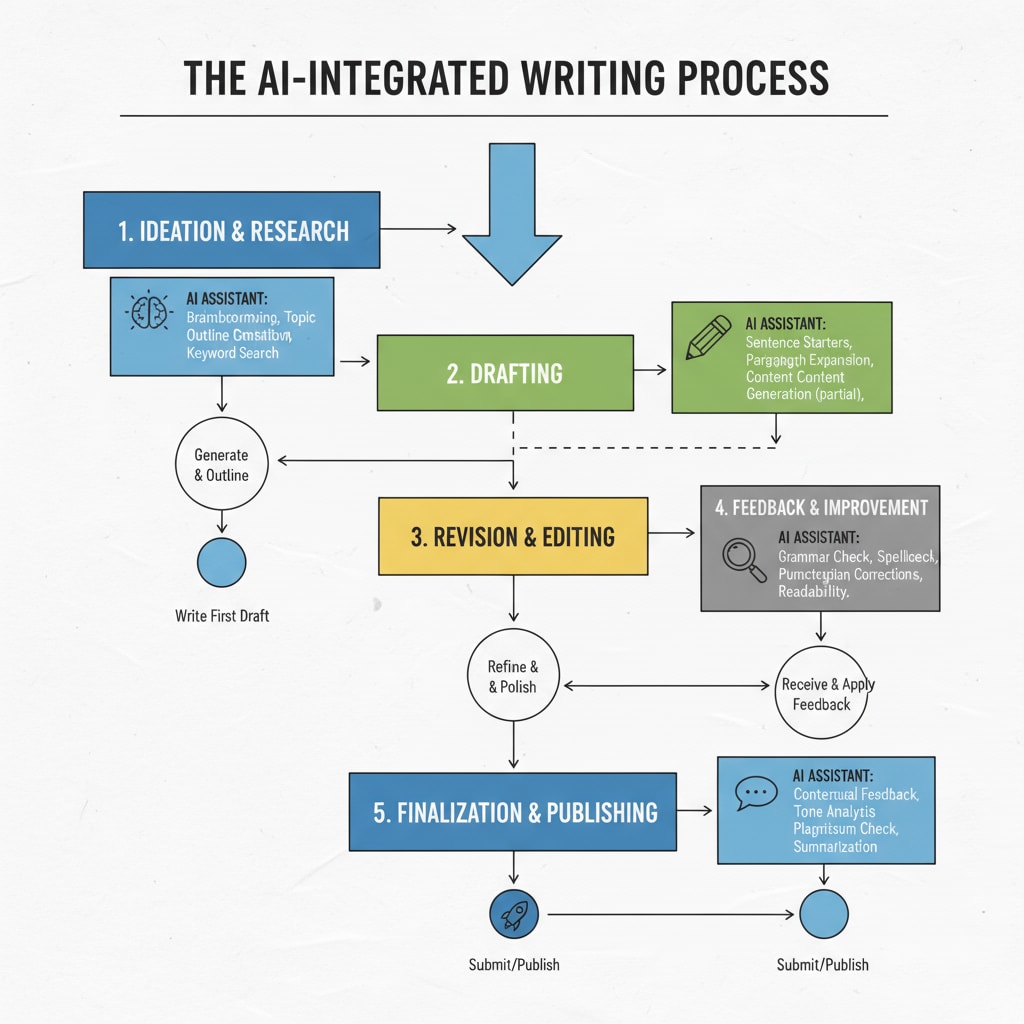In the age of rapid technological advancement, the concepts of AI writing, teaching transformation, and authorial voice have become central to the evolution of writing instruction. The integration of artificial intelligence into education has brought about unprecedented changes, especially in K12 writing teaching. As AI tools become more sophisticated, educators are faced with the challenge of reimagining how writing is taught. Instead of fearing AI as a threat to students’ writing abilities, we should explore ways to use it as a powerful ally in cultivating students’ unique voices and creative thinking.

The AI Threat Perception in Writing Education
Initially, the emergence of AI in writing was met with trepidation. Many educators worried that students would rely too heavily on AI writing tools, leading to a decline in their writing skills. For example, tools like ChatGPT can generate well-structured essays in a matter of seconds. This led to concerns about plagiarism and a lack of original thought. However, as we delve deeper, we realize that this fear is often misplaced. According to Educause, the focus should not be on banning AI but on teaching students how to use it responsibly.
Transforming AI from Threat to Tool
AI can be a valuable asset in writing instruction. It can serve as a grammar and style checker, providing instant feedback to students. In addition, AI can help students brainstorm ideas. For instance, an AI tool can suggest different angles to approach a writing topic. By integrating AI into the writing process, teachers can focus more on guiding students to develop their authorial voices. As stated by ISTE, educators need to embrace technology to enhance learning experiences. Teachers can design writing assignments that require students to use AI as a starting point and then refine and personalize the content with their own insights and creativity.

To effectively use AI in writing teaching, educators should first educate students about the proper use of these tools. This includes understanding the limitations of AI and the importance of adding personal touches to their writing. Teachers can also model how to use AI in the writing process, demonstrating how to use the tool’s suggestions while maintaining the integrity of the authorial voice. By doing so, students can learn to balance the benefits of AI with their own creativity and unique perspectives.
Readability guidance: In this article, we have explored the changing landscape of writing education in the AI era. We started by discussing the initial fear of AI as a threat and then moved on to how it can be transformed into a useful tool. The key is to focus on developing students’ authorial voices, which is essential for their growth as writers. By embracing AI and teaching students to use it wisely, we can create a more dynamic and effective writing classroom.


